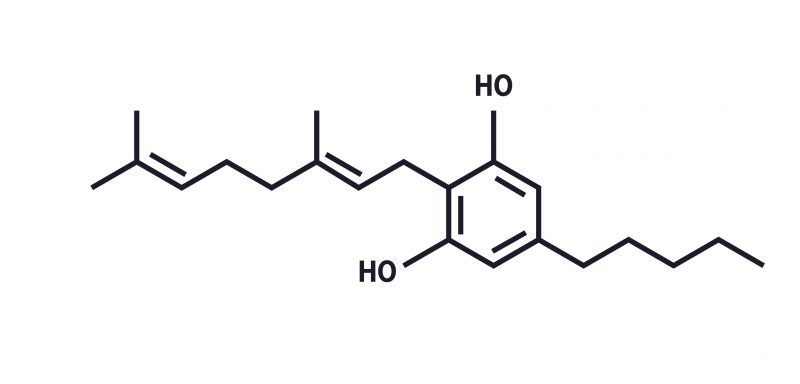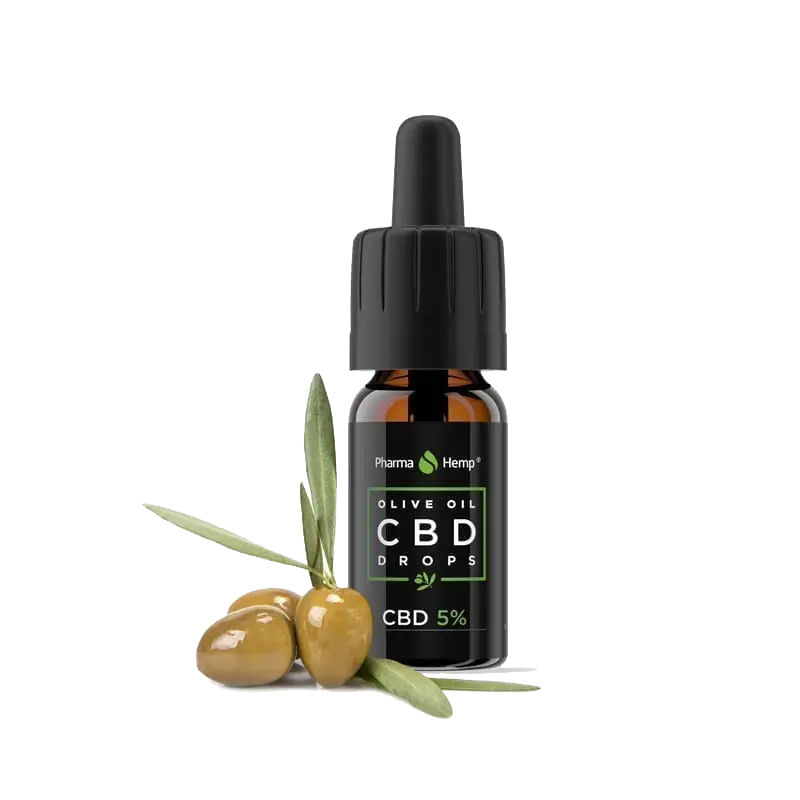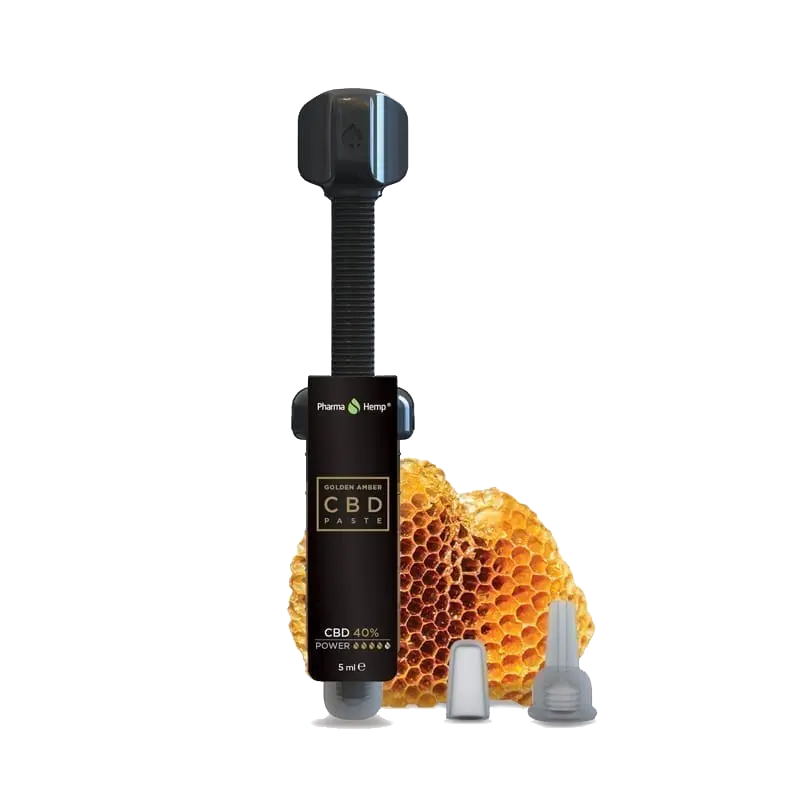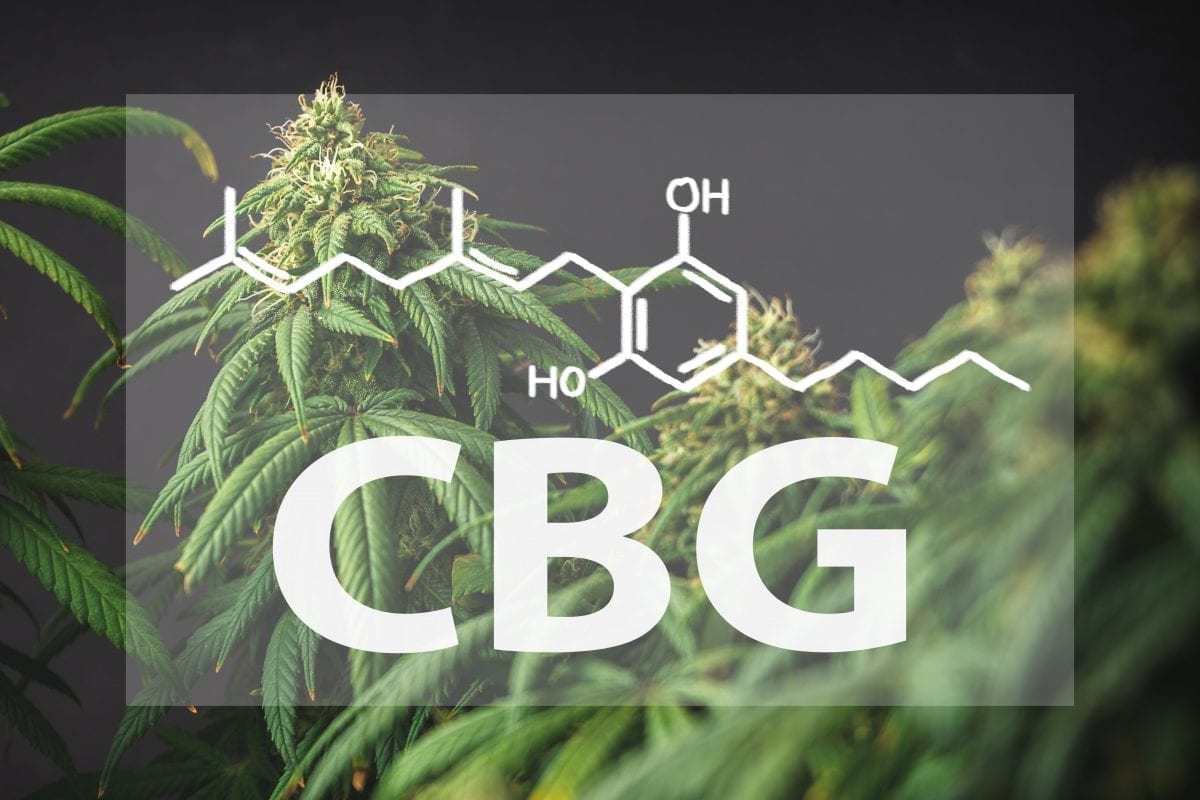What is CBG?
We talked a little about cannabigerol (CBG) in one of our previous blogs, when we were comparing CBG and CBD. But since CBG is gaining a lot of popularity, we decided to dig deeper into this very interesting and promising cannabinoid.
Cannabinoids
Hemp has been used to treat pain as far back as 2900 B.C. Its pharmacological effects originate from a large variety of cannabinoids. Although more than 100 different cannabinoids have been isolated from cannabis plants, clear physiological effects have only been determined for a few of them, including tetrahydrocannabinol (THC), cannabidiol (CBD), and CBG. While THC is an illicit drug, CBD and CBG are legal substances that have a variety of unique pharmacological properties. Over the past decade, substantial efforts have been made to develop cannabis varieties that produce large amounts of CBD and CBG. Ideally, such plant varieties should produce very little (below 0.2%), if any, THC to make their cultivation legal.
Cannabigerol
CBG is one of many cannabinoid compounds found in the cannabis plant. It is formed by the decarboxylation of cannabigerolic acid, the parent molecule from which other cannabinoids are synthesized. During plant growth, most of the CBG is converted into other cannabinoids, primarily tetrahydrocannabinol (THC) or cannabidiol (CBD), leaving about 1% of CBG in the plant.

How CBG is made
As we mentioned before, CBG is converted into other cannabinoids during plant growth. That is why it is derived from young cannabis plants, because they contain larger amounts of CBG than the fully developed plants.
So, what’s the hype about?
Since it’s very hard to produce CBG, not a lot of research has been conducted yet. But there is a lot of different information about its potential benefits.
But the growing popularity of supplements containing cannabinoids, in the self-medication of humans and the increased interest in these compounds in different pre-clinical and clinical trials, is stimulating researchers to investigate the bioactive properties of individual cannabinoids, including their anti-oxidant activities. In one study scientists found that CBG and other cannabinoids exhibit an anti-oxidant activity, manifesting itself in their ability to scavenge free radicals, protect against the oxidation process, and reduce metal ions. Although the intensity of these activities for individual cannabinoids is not the same, it is generally comparable to that of vitamin E.
According to Hemptown USA, who released some groundbreaking research based on CBG, the molecule is of great significance to all vertebrates because it rivals the potential of its peer cannabinoids and terpenes (the molecules that give cannabis its aroma and also possess medicinal qualities). Of the hundreds of unique chemicals produced by the herbal species Cannabis sativa L., none plays a more pivotal role than CBG. There have been multiple studies conducted over the course of the past three decades, particularly in the primary areas of analgesia (pain relief), reductions in systemic inflammation, decreased anxiety and nausea, and anti-cancer research. Unfortunately, none of the studies showed so many promising results that we could claim any of the benefits stated above.
Is CBG the most important cannabinoid?
Earlier in this blog, we stated that many of the other cannabinoids develop from CBG. And that is what makes it so important and unique!
In a study by Meijer & Hammond (2005) , we can see CBG as the direct precursor of the cannabinoids CBD, THC, and CBC. By knowing this, we could say that CBG is the parent of all cannabinoids and plays a vital role in the CBD industry.


 Slovenščina
Slovenščina Deutsch
Deutsch Español
Español






